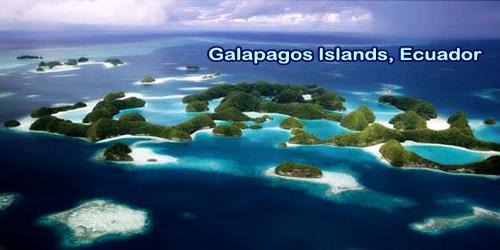Coastal erosion is the process by which the coastline, including beaches, dunes, cliffs, and other landforms, is gradually worn away and reduced over time. It is primarily caused by natural factors such as waves, tides, currents, and weathering, but it can also be influenced by human activities.
Coastal erosion is the loss or displacement of land, or the long-term removal of sediment and rocks along the coastline caused by the action of waves, currents, tides, wind-driven water, waterborne ice, or other storm impacts. The landward retreat of the shoreline can be measured and described on a temporal scale of tides, seasons, and other short-term cyclic processes. Coastal erosion may be caused by hydraulic action, abrasion, impact, and corrosion by wind and water, and other forces, natural or unnatural.
The main factors contributing to coastal erosion include:
- Wave action: Waves continuously crash onto the coastline, exerting pressure and eroding the land. The strength and frequency of waves are influenced by factors like wind speed, duration, and fetch (distance over which wind blows).
- Tides and currents: Tides and currents can contribute to erosion by moving sediment along the coast and creating additional forces that erode the shoreline.
- Storm events: Storms, including hurricanes, cyclones, and strong winter storms, can cause significant coastal erosion due to their powerful winds, high waves, and storm surges.
- Sea level rise: As a result of climate change, global sea levels are rising. Higher sea levels increase the amount of land vulnerable to erosion and intensify the impacts of waves and storms.
- Geology and coastal morphology: The type of rocks, sediment, and landforms present along the coast can influence erosion rates. Softer rocks and sediments are more susceptible to erosion compared to harder, more resistant materials.
Human activities can also exacerbate coastal erosion. These include:
- Construction and development: Building structures along the coast, such as harbors, jetties, and seawalls, can disrupt natural sediment transport, alter wave patterns, and result in localized erosion.
- Sand mining: The removal of sand from beaches and coastal areas for construction purposes can deplete sediment sources, leading to accelerated erosion.
- Dams and river diversions: These interventions can disrupt the natural flow of sediment from rivers to the coast, reducing the replenishment of beaches and contributing to erosion.
Coastal erosion can have serious consequences. It can result in the loss of land, the destruction of infrastructure, the destruction of ecosystems, and the displacement of coastal communities. Furthermore, the loss of beaches can have a negative impact on tourism, which often relies on appealing coastal areas.
Several strategies can be used to mitigate coastal erosion, including beach nourishment (adding sand to eroded beaches), dune restoration, the construction of offshore breakwaters, and the implementation of coastal management plans that take into account natural processes and protect vulnerable areas.
















